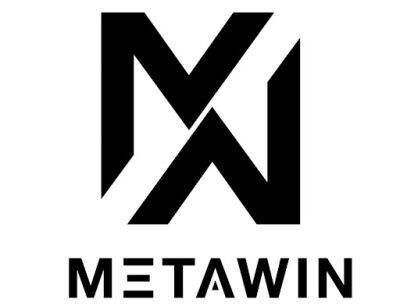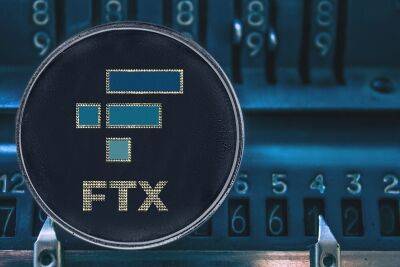Bank of England Deputy Governor Cunliffe on DLT securities settlement: Not so fast!
There’s more to crypto than just assets, Bank of England deputy governor Sir Jon Cunliffe reminded the Association for Financial Markets in Europe Conference in London on Sept. 28. The distributed ledger technology (DLT) behind crypto assets has far-reaching implications for traditional markets and interoperability.
DLT will touch on trading, clearing, settlement and custody as it is integrated into capital markets, Cunliffe said. One of the biggest differences Cunliffe identified in DLT was its speed. Instantaneous settlement can reduce risk by removing the chance of drastic market movements while a transaction is being processed, but:
Smart contracts combine activities and thus reduce the number of intermediaries and the fees associated with them, Cunliffe said. They could increase resilience in the system for the same reason and incorporate related services like the payment of coupons on bonds or “management of more sophisticated securities trades.”
Today’s first keynote is given by Deputy Governor for Financial Stability, @bankofengland, Sir Jon Cunliffe, who focused his speech on the potential impacts of the crypto world on post trade infrastructure #OPTIC2022 pic.twitter.com/1fY4A7omPw
Cunliffe, a longtime advocate of greater crypto regulation, had a number of caveats to share. First, he said, DLT is relatively unproven. In addition, decentralization may need to be constrained:
Currently, “central banks provide the rails on which those [settlement] assets are transferred in their jurisdictions,” Cunliffe said, and the Bank of England could create its own DLT to accommodate transactions in the future or create ways to “plug in” the current real-time gross settlement system to DLT systems. European Central Bank executive
Read more on cointelegraph.com
 cointelegraph.com
cointelegraph.com






